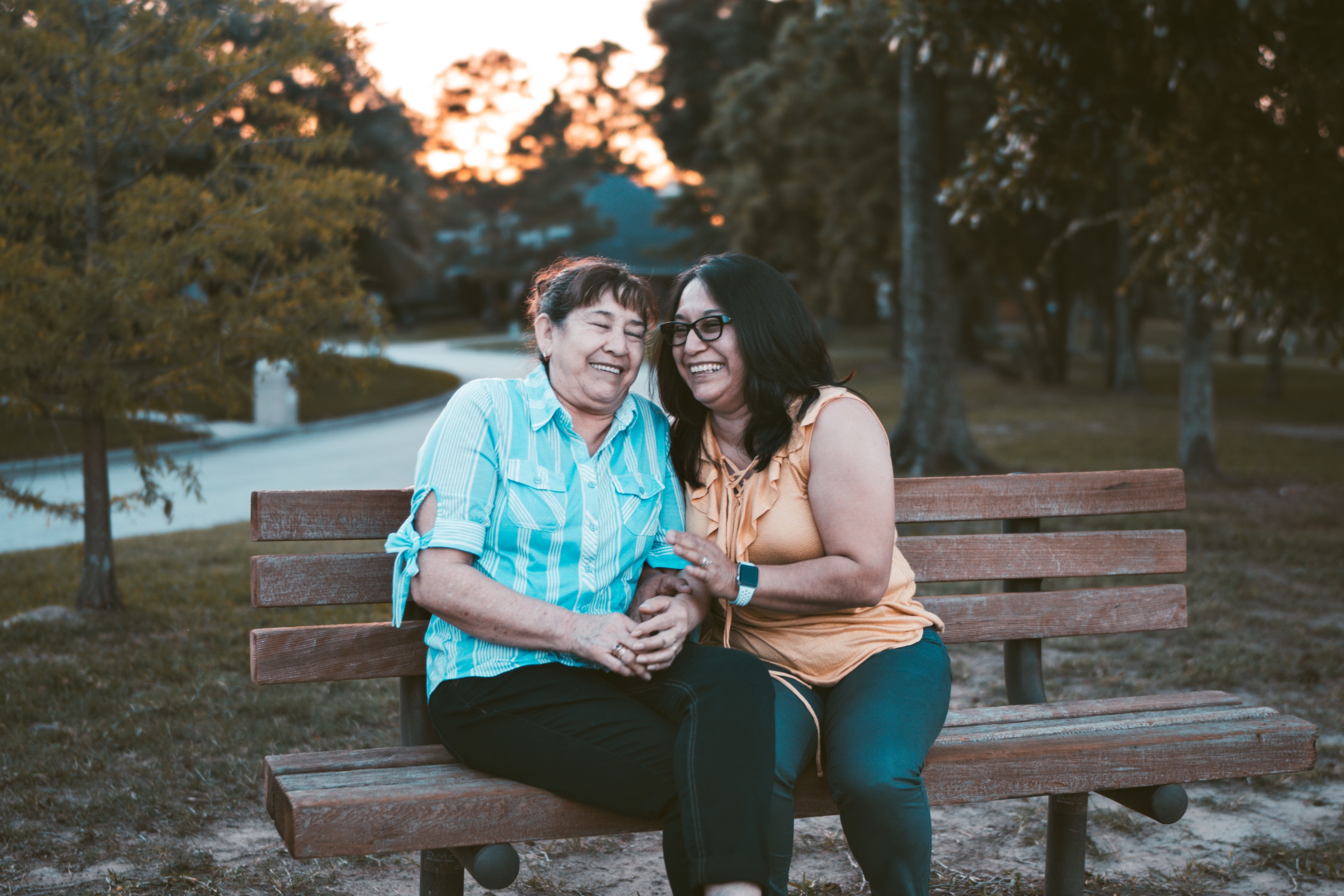Sjögren’s disease is a chronic systemic autoimmune disease marked by lymphocytic infiltration of the salivary and lacrimal glands, leading to symptoms such as dry mouth and dry eyes. Accurate diagnosis is essential but often delayed, in part due to the invasiveness and discomfort associated with traditional lip biopsies. Lip biopsies involve removing a small amount of tissue containing minor salivary glands from the lower lip to assess the pattern and severity of inflammation. A new study titled, “Surgical advantage of modified labial salivary gland biopsy using chalazion forceps: a prospective randomized controlled study”, published in Clinical and Experimental Medicine in August 2024, evaluated whether a modified technique using chalazion forceps could improve diagnostic experience while maintaining accuracy.
Study Design
Cohort: The study analyzed 217 patients with suspected Sjögren’s at a tertiary care hospital in China.
Data Sources: Data were extracted from clinical records, procedural documentation, and follow-up assessments for complications, healing outcomes, and pathology results.
Comparison Groups: Participants were divided into two groups:
- 125 patients underwent the modified biopsy technique using chalazion forceps that look like tweezers, but they have two parts at the end: one side is flat, and the other is shaped like a small ring.
- 92 patients underwent the conventional lip biopsy technique using a scalpel or a biopsy punch.
Follow-Up Duration: Participants were evaluated on the day of surgery, at 24 hours, and at 7 days post-biopsy for pain, healing, and complications.
Statistical Methods: Clinical outcomes were compared between groups using appropriate inferential statistics, including chi-squared tests and t-tests. Diagnostic accuracy and safety profiles were the primary outcome measures.
Key Findings
Smaller incisions and reduced trauma: The chalazion forceps group had significantly smaller incision sizes (median 0.7 cm vs. 1.0 cm) and less bleeding (median 0.04 g vs. 0.18 g).
Less postoperative pain: Participants reported lower pain scores on a visual analogue scale from 0-10 (VAS) 24 hours after the biopsy with the modified technique.
Improved healing: Wound healing was significantly better at Day 7 in the chalazion forceps group, with less inflammation and faster recovery.
Diagnostic yield maintained: Diagnostic accuracy remained high and comparable between groups (88% modified biopsy technique vs. 93% conventional lip biopsy).
Fewer complications: No major adverse events were reported in either group, but the modified technique had a lower incidence of minor complications (e.g., hematoma, prolonged numbness).
Clinical Significance
This study demonstrates that chalazion forceps-assisted lip biopsy is a safe and effective alternative to the conventional technique for diagnosing Sjögren’s. The modified method reduces incision size, blood loss, and postoperative discomfort, while preserving diagnostic accuracy. These findings suggest this method may be preferable, especially in outpatient settings or for patients with high procedural anxiety.
Future Directions
Further research is needed to validate these results in larger, multicenter cohorts and to assess the feasibility of this approach in community-based practices. Additionally, evaluating long-term outcomes such as scarring, nerve damage, and patient satisfaction could further support its adoption as a new standard of care.
Reference:
Li, C., Zheng, W., Tian, Y., Chen, Y., Chui, S., Luo, Y., Lou, X., Wang, Y., & Tian, M. (2024). Surgical advantage of modified labial salivary gland biopsy using chalazion forceps: a prospective randomized controlled study. Clinical and experimental medicine, 24(1), 175. https://doi.org/10.1007/s10238-024-01428-7


